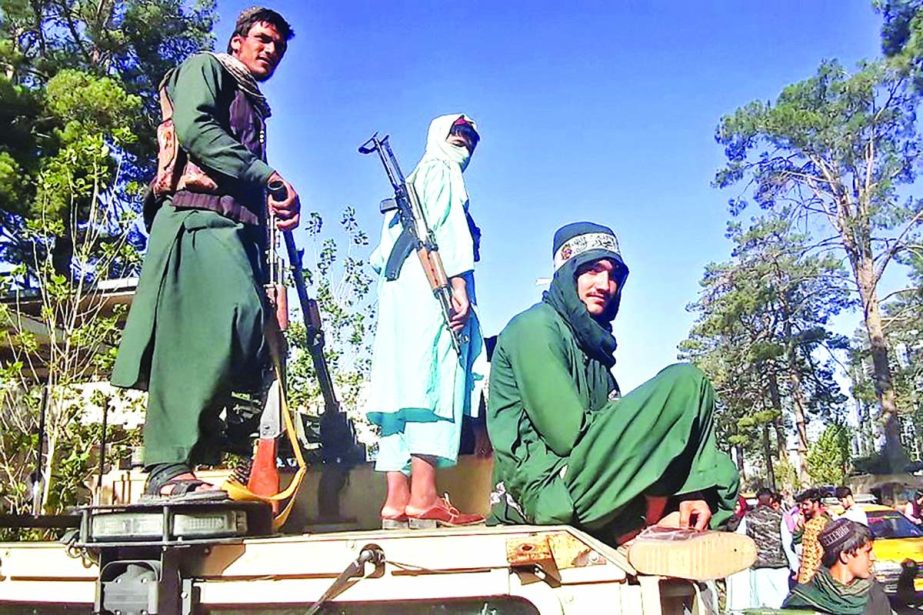
Business Desk :
Just last month, Afghanistan lost 30% or $33.5 million of its customs revenue after the Taliban gained control of seven land ports
Along with the political instability that is likely to follow the Taliban’s seizure of Afghanistan and the collapse of its government, its economy is also staring at a bleak future.
Just last month, Afghanistan lost 30% or $33.5 million of its customs revenue after the Taliban gained control of seven land ports, according to a report in the Economic Times.
Officials of the Afghanistan Chamber of Commerce and Investment expressed concerns over the situation in July, saying traders are not willing to import goods through the ports anymore.
Now with the Taliban taking complete control of the country, international trade is likely to come to a standstill, leading to a surge in smuggling, the report added.
Afghanistan’s economy has been primarily dependent on foreign aid with domestic revenue sufficient to finance only around half of budgeted expenditures, according to the World Bank.
The country’s economy grew 9.4% between 2003 and 2012, driven by a booming aid-supported services sector and farming output. But between 2015 and 2020, economic activity slowed to about 2.5% per year.
Covid-19, a drought, low remittances, declining trade, and growing instability in the country led the International Monetary Fund (IMF) to revise down its growth forecast in June this year to 2.7% from a previous 4% estimate.
Furthermore, inflation in the country has increased and was forecast to reach 5.8% by the end of 2021.
With the collapse of the government, food prices are expected to rise as borders with neighbouring countries close and panic buying sets in, leading to an even bigger surge in inflation.
The private sector in the country is also weak, constrained by poor security, political instability, weak institutions, inadequate infrastructure, widespread corruption, and a difficult business environment – Afghanistan was at the 173rd position among 190 countries in 2020 on the Doing Business Survey of the World Bank.
Its trade deficit was around 30% of the GDP and was financed almost entirely from grant inflows, with foreign aid being used to finance 75% of the public spending in the country.
Moreover, the Taliban’s rapid advance is also causing concern about the impact on other countries in the region and their economies, reports Reuters.
Right now, the immediate focus for financial markets and investors is its eastern neighbour Pakistan.
Pakistan has a large public debt, a sizable equity market and is dependent on a $6 billion IMF program. The prospect of years of violence and waves of refugees will add pressure to its fiscal repair plans.
“It is a very troubling situation and unfortunately has set the region back many years,” Reuters quoted Shamaila Khan, head of emerging market debt at AllianceBernstein, as saying.
“I think the neighbouring countries will have to deal with an influx of refugees in the coming months/years.”

